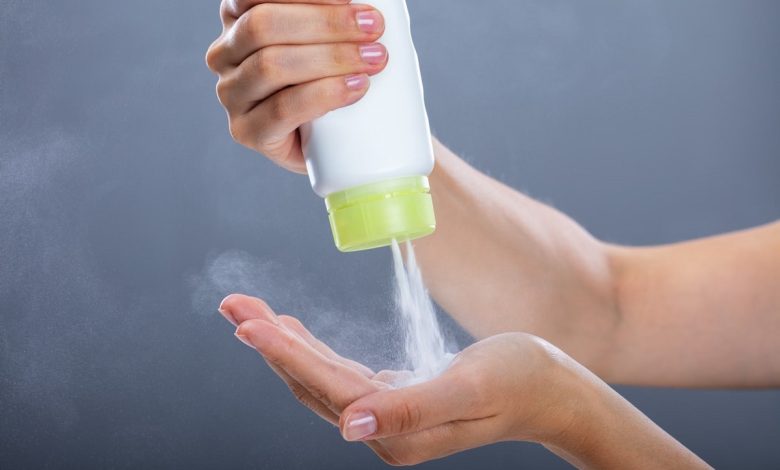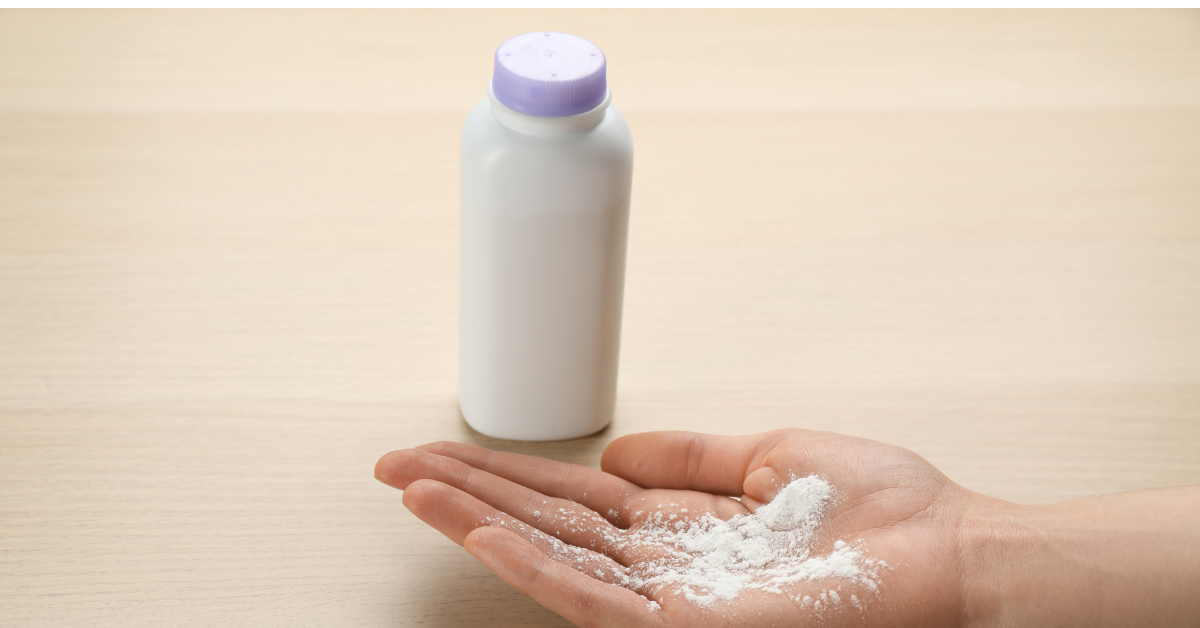World Health Organization: Baby Powder Is Probably Carcinogenic

Baby Powder: Talc is a natural mineral widely used in baby powder and cosmetics, and new evidence suggests it is linked to cancer.
According to Business Insider, the International Agency for Research on Cancer affiliated to the World Health Organization has announced that talc in baby powder and cosmetics is “probably” carcinogenic.
According to reports, the Johnson & Johnson Company, which is famous for producing pharmaceutical, health, and personal care products, is facing more than 40,000 lawsuits as of July 2023, all of which are related to one charge: products containing talc.
Baby Powder, The company is contaminated with asbestos. In these lawsuits, it is claimed that this contamination can lead to ovarian cancer or mesothelioma (a rare and aggressive type of cancer that affects the cells that cover the outer surface of the body’s organs, called mesothelial).
Although this company has been using corn starch instead of talc mineral in the production of baby powder since then, health and treatment centers continue to emphasize the risk of cancer caused by talc powder, and now an organization related to the World Health Organization He raised this point again.
Baby Powder
Carcinogenic Properties Of Talc

Baby Powder, Talc is a natural mineral that is widely used in the production of baby powder and cosmetics. The International Agency for Research on Cancer (IARC) has recently classified talc as a “probably carcinogenic to humans”.
The agency’s recent decision was influenced by several factors: There is limited but consistent evidence of a link between ovarian cancer and talc use in women who use it on their genitals. In addition, there is sufficient evidence that talc causes cancer in rats. Finally, reports indicate that this mineral has a carcinogenic effect on human cells.
Baby Powder, The International Organization for Research on Cancer emphasizes that the combination of these factors led to such a result and these findings cannot be considered definitive yet.
Baby Powder
Experts Warn Against Extreme Measures
Baby Powder, Despite classifying these products as carcinogenic, the International Organization for Research on Cancer asks people to be careful in interpreting these findings. Because the evaluation results of this organization did not prove a direct cause and effect relationship and focused on the “potential carcinogenicity” of these products under uncertain conditions.
This means that there is no irrefutable evidence that definitively confirms the existence of a direct link between the use of talc and the development of cancer. This accuracy and caution is very important for public understanding, because there is a possibility of misinterpretation of the evaluations of this organization.
Baby Powder, The recent announcement by the International Organization for Research on Cancer follows recent legal and corporate developments. Johnson & Johnson, one of the major manufacturers of talc-based products, has agreed to pay $700 million for misleading consumers about the safety of its products and to remove talc-containing products from the market.
However, in a 2020 meta-analysis of more than 250,000 women in the United States, no statistical association was found between the use of talcum powder in the genital area and ovarian cancer. This difference and contradiction shows the complexity of this issue and emphasizes the need for more research.
Baby Powder, Because the findings only refer to possible risks but do not provide definitive evidence. Therefore, consumers, health professionals and industrial producers should pay attention to continuous scientific research to make more informed decisions based on safety standards.
Also Read:
Baby Makeup Look: The 7 Best Tips For Doing A Baby Face Makeup
Elon Musk Children: Everything We Know About Elon Musk’s 12 Children
Allergy To Peanut: Peanut Consumption In Childhood, Allergy Reduction In Adulthood
Sunscreen For Children: What Sunscreen Is Suitable For Children?




